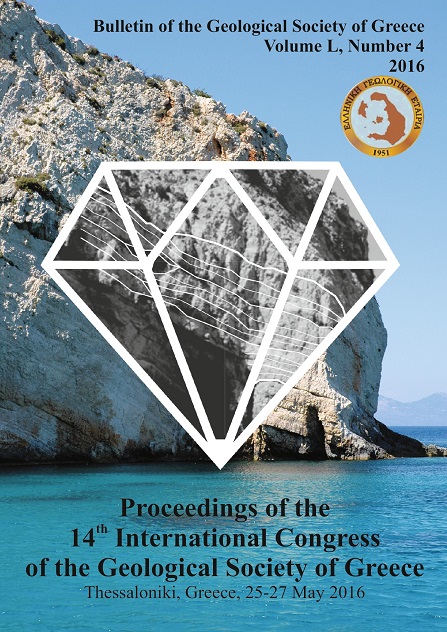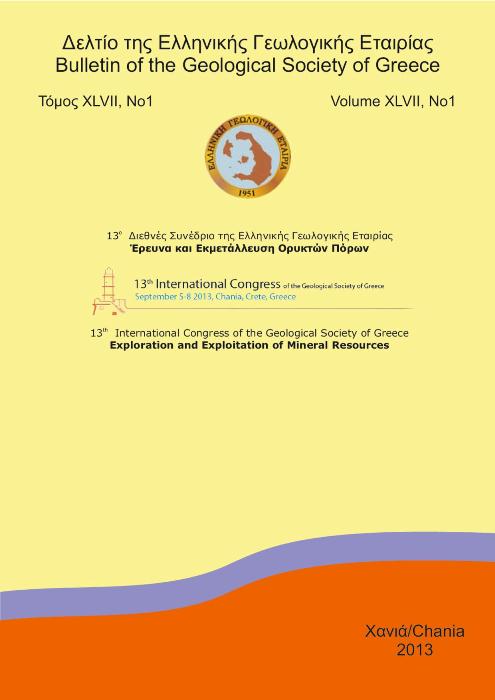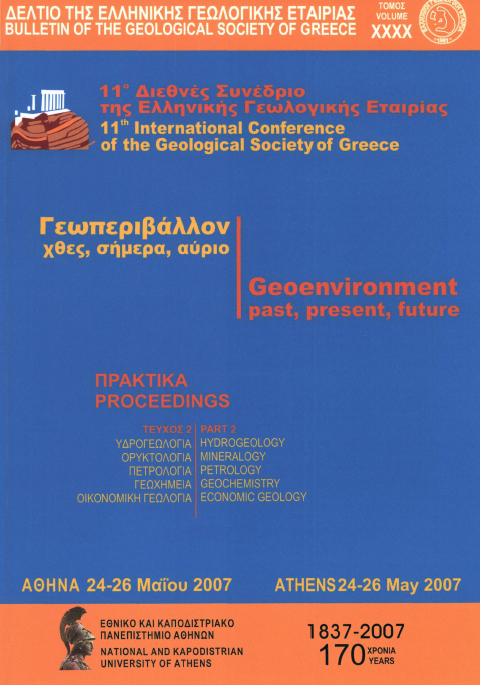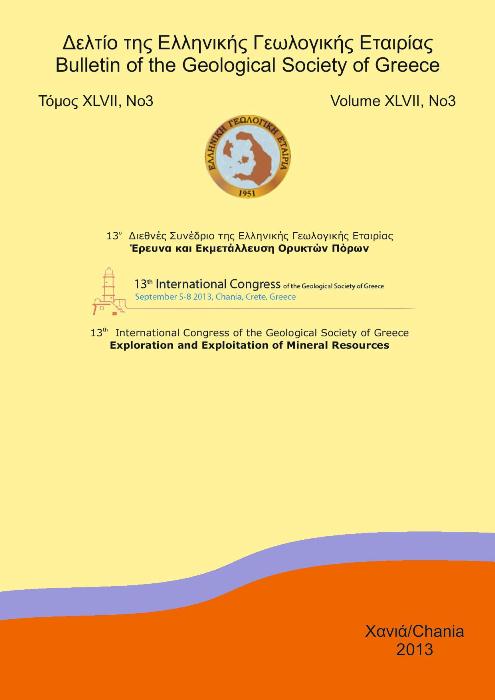GEOCHEMISTRY OF THE GAS MANIFESTATIONS OF GREECE: METHANE AND LIGHT HYDROCARBONS
Résumé
Greece has a very complex geodynamic setting deriving from a long and complicated geological history being characterized by intense seismic activity and enhanced geothermal gradient. This activity, with the contribution of an active volcanic arc, favours the existence of many gas manifestations. Depending on the prevailing gas species, the latter can be subdivided in three main groups: CO2-, N2- and CH4- dominated. In the present work, we focus on methane and light hydrocarbons (C2-C6) to define their origin. CH4 concentrations (<2 to 915,200 μmol/mol) and isotopic ratios (δ13C -79.8 to +16.9 ‰, δD -298 to +264‰) cover a wide range of values indicating different origins and/or secondary post-genetic processes. Samples from gas discharged along the Ionian coast and in northern Aegean Sea have a prevailing microbial origin. Cold and thermal gas manifestations of central and northern Greece display a prevalent thermogenic origin. Methane in gases released along the active volcanic arc is prevailingly abiogenic, although thermogenic contributions cannot be excluded. Gases collected in the geothermal areas of Sperchios basin and northern Euboea are likely affected by strong secondary oxidation processes, as suggested by their highly positive C and H isotopic values (up to +16.9‰ and +264‰ respectively) and low C1/(C2+C3) ratios.
Article Details
- Comment citer
-
Daskalopoulou, K., D’Alessandro, W., Cabassi, J., Calabrese, S., Fiebig, J., Grassa, F., Kyriakopoulos, K., Parello, F., & Tassi, F. (2016). GEOCHEMISTRY OF THE GAS MANIFESTATIONS OF GREECE: METHANE AND LIGHT HYDROCARBONS. Bulletin of the Geological Society of Greece, 50(4), 1799–1807. https://doi.org/10.12681/bgsg.11919
- Rubrique
- Petrology and Mineralogy

Ce travail est disponible sous licence Creative Commons Attribution - Pas d’Utilisation Commerciale 4.0 International.
Authors who publish with this journal agree to the following terms:
Authors retain copyright and grant the journal right of first publication with the work simultaneously licensed under a Creative Commons Attribution Non-Commercial License that allows others to share the work with an acknowledgement of the work's authorship and initial publication in this journal.
Authors are able to enter into separate, additional contractual arrangements for the non-exclusive distribution of the journal's published version of the work (e.g. post it to an institutional repository or publish it in a book), with an acknowledgement of its initial publication in this journal. Authors are permitted and encouraged to post their work online (preferably in institutional repositories or on their website) prior to and during the submission process, as it can lead to productive exchanges, as well as earlier and greater citation of published work.







